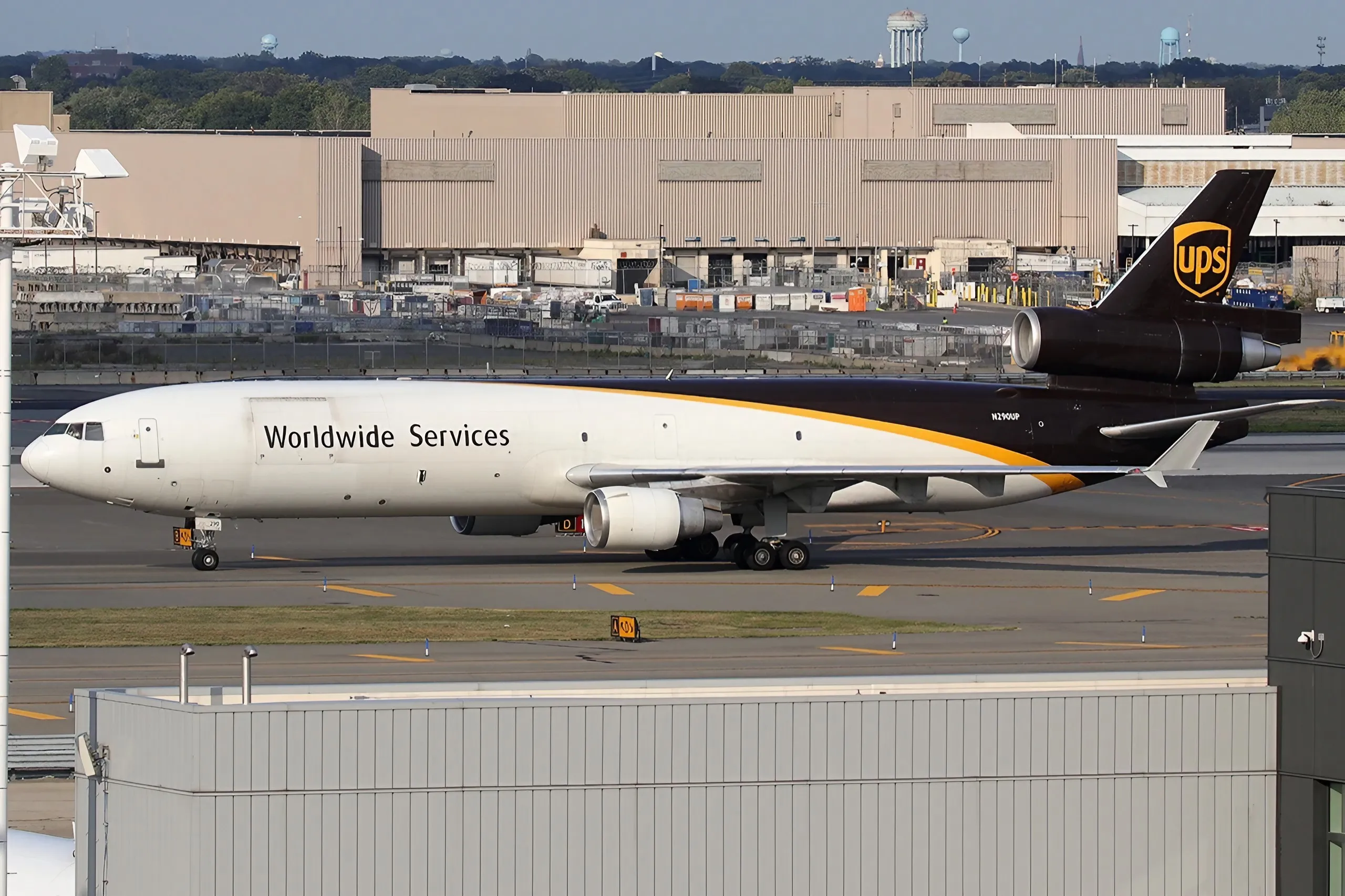WASHINGTON, D.C. — The U.S. Federal Aviation Administration (FAA) has issued an Emergency Airworthiness Directive (AD 2025-23-51) affecting all Boeing MD-11 and MD-11F aircraft worldwide, following a serious incident in which the left-hand engine and its pylon detached from an aircraft during takeoff. The cause of the structural failure remains under investigation, but the FAA has determined the risk is severe enough to justify immediate regulatory action without the usual notice-and-comment period.
The directive—effective upon receipt—prohibits further flight of any MD-11 until operators complete an FAA-approved inspection and corrective action.
What Prompted the Emergency AD
The FAA confirms the emergency order stems from an accident involving an MD-11 where an engine and pylon separated from the wing during the takeoff roll. The agency states the condition poses a “loss of continued safe flight and landing” risk, requiring fleetwide grounding until structural integrity can be confirmed.
The MD-11, a long-range trijet introduced in 1990, is no longer in passenger service but remains active in global freighter fleets, most notably with FedEx, UPS, Lufthansa Cargo, Western Global, and various charter and ACMI operators.
Key Provisions of the Emergency AD
The FAA classifies the directive as interim action, meaning additional rulemaking could follow once the engineering cause is fully understood.
Why the FAA Bypassed Standard Rulemaking
Under U.S. federal law (§553(b)(3)(B) of the Administrative Procedure Act), agencies may skip public consultation when delay is deemed “impracticable or contrary to the public interest.” The FAA cites the immediate risk to the flying public and air cargo operations as justification for bypassing the normal 30-day comment period and for making the directive effective instantly.
Industry Impact
Although no passenger MD-11s remain in commercial operation, the aircraft is a key asset in the global cargo network. With peak freight season underway and operators such as FedEx Air and UPS relying on the MD-11 for intercontinental lift, the directive may trigger rerouting, sub-fleet redistribution, or accelerated aircraft retirement decisions.
Airlines operating the type must now:
- Halt dispatch of any MD-11 until inspection requirements are met.
- Seek explicit FAA approval for ferry flights, if needed.
- Coordinate with Boeing and the FAA for compliant repair procedures.
Next Steps & Ongoing Investigation
The FAA has not disclosed whether the detachment event was isolated to one aircraft or may indicate a systemic structural fatigue issue. The directive suggests the root cause may involve the engine-to-pylon or pylon-to-wing attachment system.
Further updates are expected once the investigation progresses.
For operator support, the FAA lists contacts for AMOC requests and technical inquiries, including the AIR-520 Continued Operational Safety Branch.



.webp)
